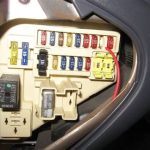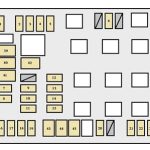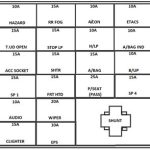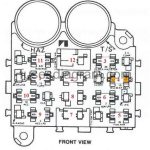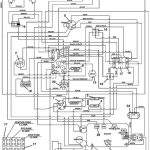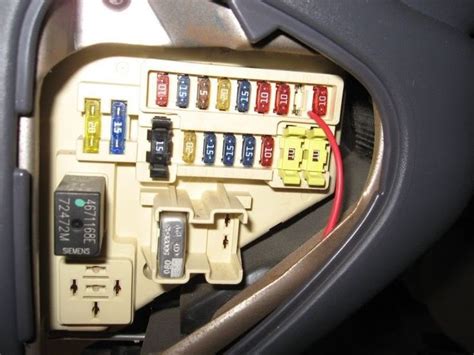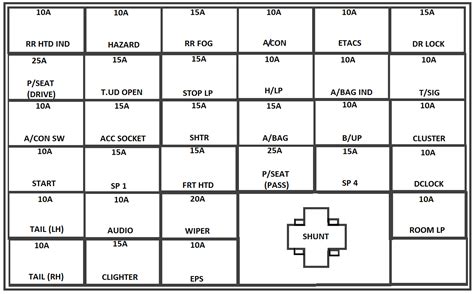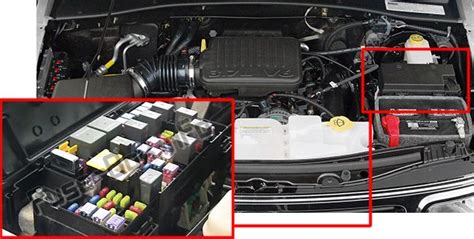1978 Ford F100 302 Vacuum Diagram: Deciphering the Automotive Puzzle
1978 Ford F100 302 Vacuum Diagram
contributor by : Nicola Vance
Alright, so picture this: it’s 1978, bell-bottoms are still in fashion, disco is ruling the airwaves, and you’ve got yourself a 302 under the hood of your Ford F100. But here’s the kicker – you’re staring at that vacuum diagram like it’s some ancient hieroglyphics. You’re thinking, “What the hell am I supposed to do with this spaghetti mess of hoses?” Well, fear not, because in this professional discourse, we’re diving deep into deciphering that labyrinth of tubes and connectors like we’re Indiana Jones uncovering lost treasures. So buckle up, folks, because we’re about to demystify this automotive puzzle and get that F100 purring like a contented kitten.
another content from contributor : 06 durango fuse diagram
Are you ready to take your 1978 Ford F100 302 to the next level? Let’s unlock the power of the vacuum diagram and unleash the beast within!
The Basics: Understanding the Vacuum Diagram
Before we dive into the nitty-gritty details, let’s start with the basics. The vacuum diagram may seem like a maze of lines and connectors, but it holds the key to optimizing your engine’s performance.
The Heart of the Beast: The 302 Engine
At the core of your F100 lies the legendary 302 engine. This powerhouse is capable of incredible feats, but it needs the right balance of air and fuel to truly roar to life.
Cracking the Code: Deciphering the Diagram
Now comes the fun part – decoding the vacuum diagram. It may seem daunting at first, but with a little patience and perseverance, you’ll soon unravel its secrets.
Optimizing Performance: Fine-Tuning the System
With the diagram deciphered, it’s time to put your newfound knowledge to work. By fine-tuning the vacuum system, you can maximize your engine’s performance and efficiency.
Preventing Pitfalls: Common Mistakes to Avoid
As you navigate the world of vacuum diagrams, it’s important to steer clear of common pitfalls. From incorrect hose connections to faulty components, these missteps can derail your efforts.
Going the Extra Mile: Advanced Techniques for Performance Enhancement
For those who crave even more power and performance, there are advanced techniques to explore. From aftermarket upgrades to custom modifications, the sky’s the limit when it comes to pushing your F100 to its full potential.
Conclusion: Unleash the Beast Within
With the secrets of the vacuum diagram unlocked, you’re ready to unleash the full power of your 1978 Ford F100 302. So rev up that engine, hit the open road, and let the world know – you’re the master of the beast!
1978 Ford F100 302 vacuum diagram is more than just a technical blueprintit’s the key to unlocking the full potential of your vehicle’s performance. By understanding and optimizing this intricate system, you can transform your driving experience from ordinary to extraordinary. In conclusion, don’t underestimate the power of the vacuum diagram. Embrace it as your roadmap to automotive excellence.
As you embark on your journey to master the intricacies of your F100’s vacuum system, remember that patience and perseverance are your greatest allies. Rome wasn’t built in a day, and neither is a finely tuned engine. So take your time, experiment, and don’t be afraid to seek help or guidance along the way. With each small victory, you’ll inch closer to automotive nirvana.
So, fellow enthusiasts, I leave you with this: embrace the challenge, embrace the journey, and above all, embrace the power of knowledge. Together, let’s revitalize the legacy of the 1978 Ford F100 302 and ensure that its roar echoes through the annals of automotive history for generations to come. Complete Article Click: HERE
Keywords : 1978 Ford F100 302 vacuum diagram, automotive performance, engine optimization, technical blueprint, automotive excellence
